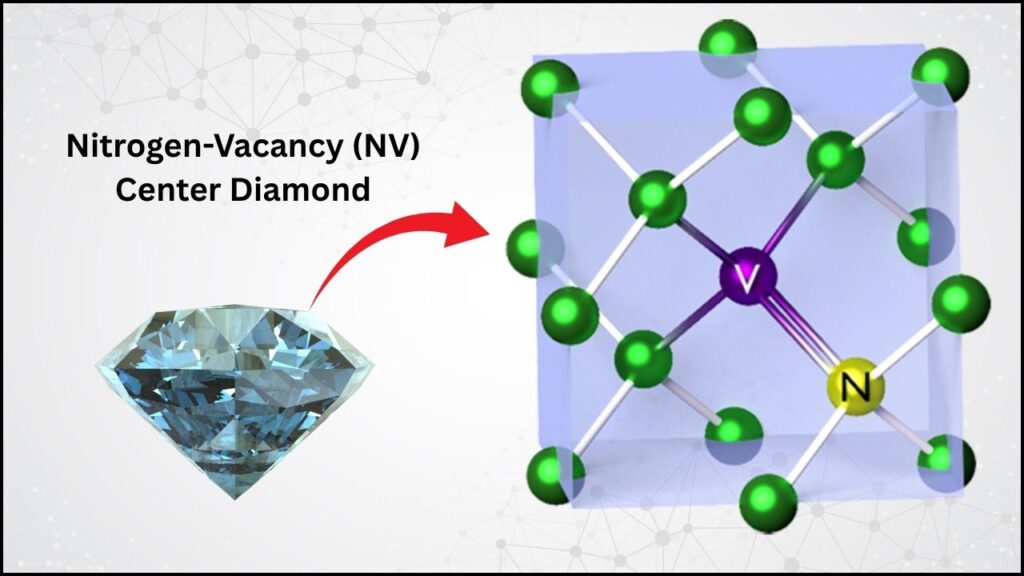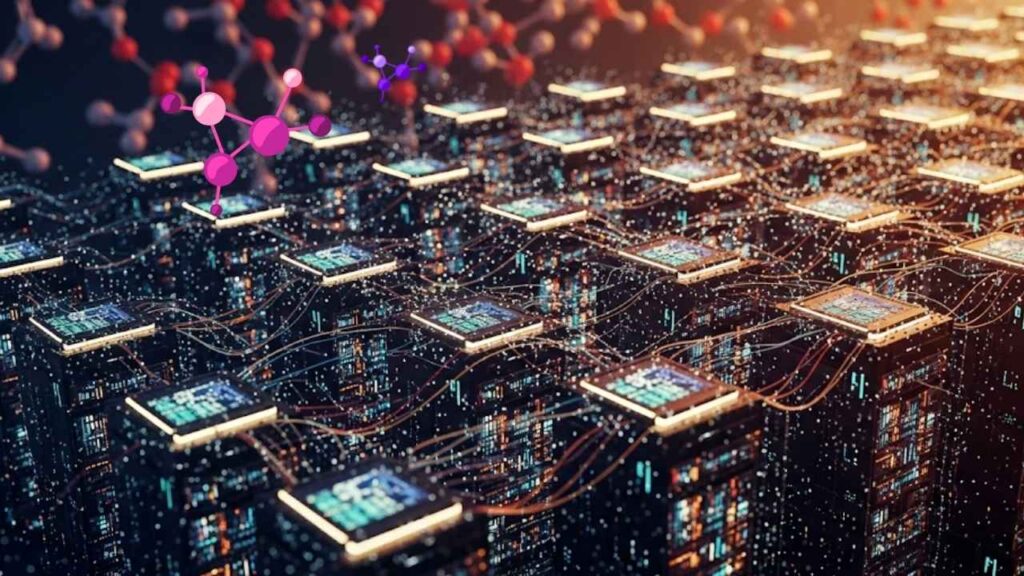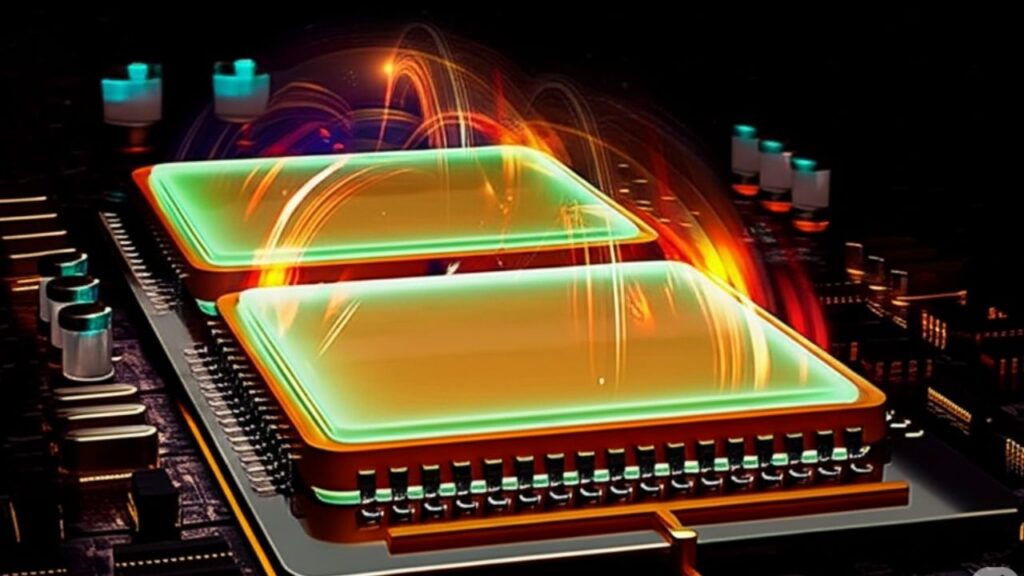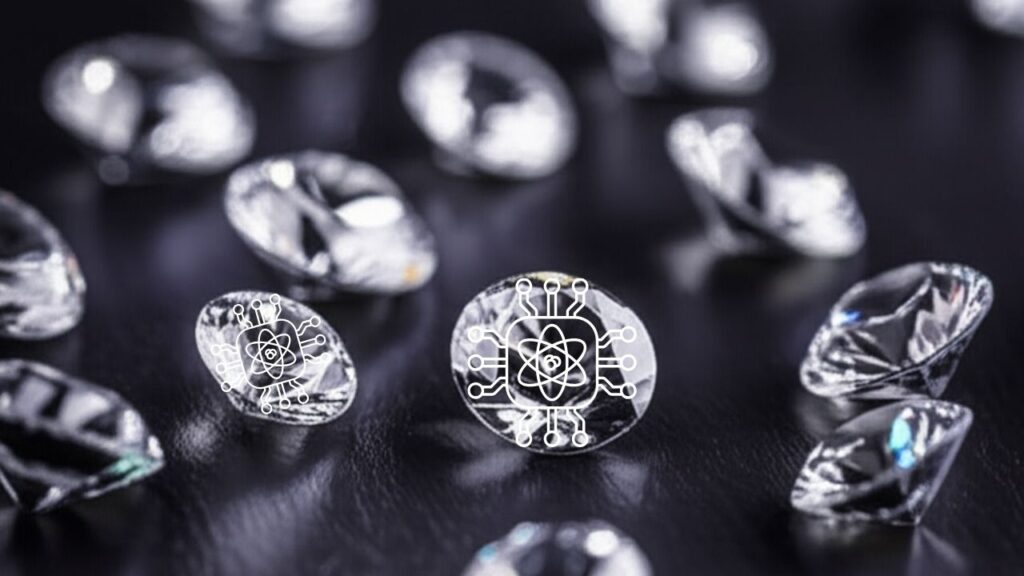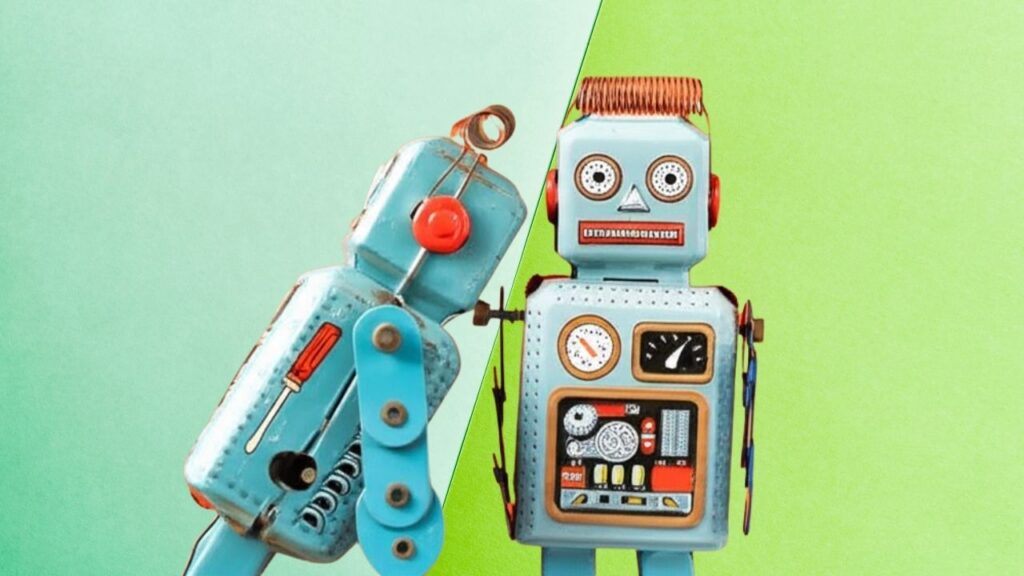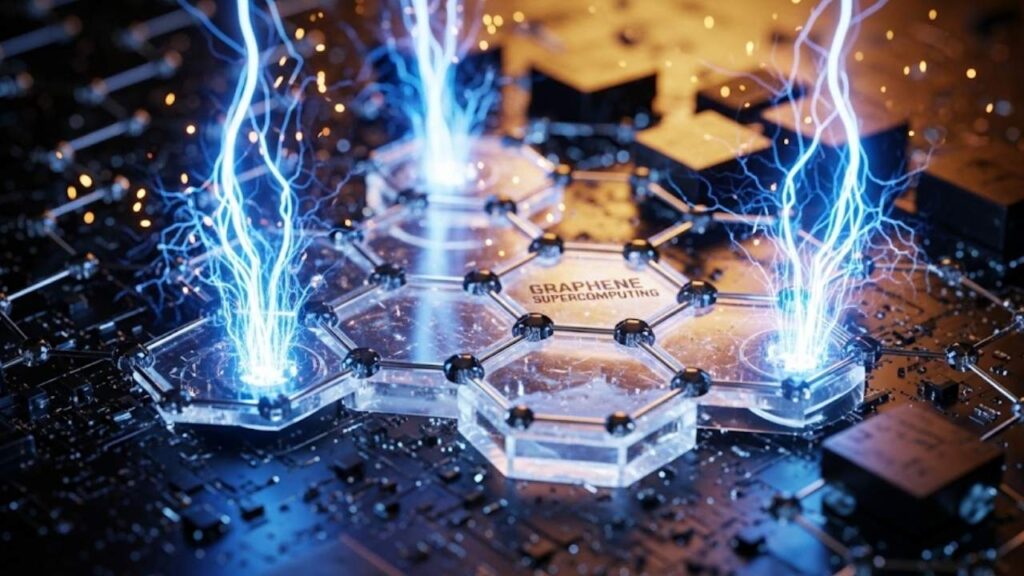For the first time in history, scientists have successfully built an electronic–photonic quantum chip using the same factories that manufacture the processors in your smartphone, laptop, and even your car’s navigation system. This breakthrough is not just a laboratory curiosity—it’s a practical step toward bringing the power of quantum technology into everyday life. The chip, smaller than a grain of rice, combines quantum light sources and classical electronic control circuits on a single piece of silicon, all made in a commercial semiconductor foundry. This means quantum technology is no longer confined to massive, delicate machines in ultra-clean laboratories. Instead, it can now be miniaturized, stabilized, and mass-produced—just like the electronics we use every day.
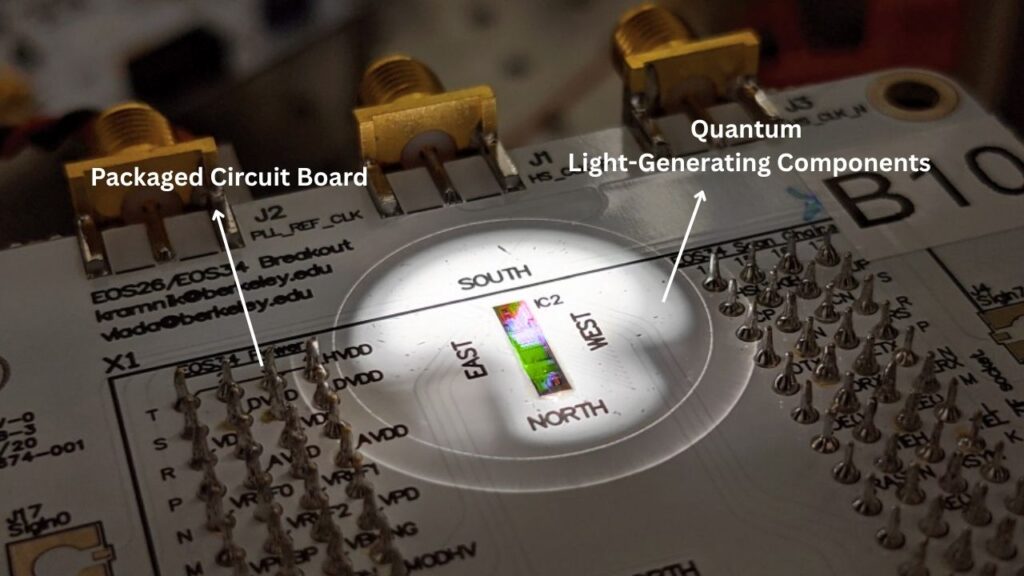
Imagine you have a tiny, self-contained factory that not only makes sandcastles but also keeps them from collapsing, even if the wind blows or someone bumps the table. That’s what this chip does for quantum light: it creates, controls, and protects fragile quantum states in real time, using the same industrial processes that make billions of chips each year. This is a game-changer for secure communication, super-sensitive sensors, and, eventually, quantum computing.
Table of Contents
Why This Breakthrough Matters
Quantum technology has long been seen as the next big leap in computing, communication, and sensing. But until now, building quantum systems has been like assembling a symphony orchestra in a gymnasium—you need a lot of space, perfect conditions, and everything has to be just right. The new chip changes all that by shrinking the quantum “orchestra” into a single, smart device that can be made in the same factories as your phone’s processor. This means quantum technology could soon become as common and reliable as the electronics we use every day.
First Electronic–Photonic Quantum Chip Built Using Commercial Foundry Technology
| Aspect | Details |
|---|---|
| Chip Size | 1 mm × 1 mm (smaller than a fingernail) |
| Manufacturing Process | Standard 45-nanometer commercial semiconductor foundry |
| Key Innovation | Monolithic integration of quantum light sources and electronic control on one chip |
| Quantum Function | Generates streams of correlated photon pairs (quantum light) |
| Stabilization | Built-in electronics monitor and stabilize quantum light in real time |
| Potential Applications | Quantum communication, sensing, future quantum computing |
| Research Team | Northwestern University, Boston University, UC Berkeley |
| Publication | Nature Electronics, July 14, 2025 |
| Career Insight | Interdisciplinary skills in physics, engineering, computer science, and manufacturing needed |
The first electronic–photonic quantum chip made in a commercial foundry is a landmark achievement for science and engineering. It proves that the strange and powerful world of quantum physics can be harnessed in devices that are small, stable, and made in the same factories as everyday electronics. This opens the door to a future where quantum technology is part of our daily lives—making communication more secure, sensors more sensitive, and, one day, computers more powerful than ever before.
For professionals, this is a call to learn new skills and collaborate across disciplines. For everyone else, it’s a glimpse into a future where the magic of quantum physics is as ordinary as the chips in your phone—and just as transformative.
Official Source: Northwestern University News
What Is an Electronic–Photonic Quantum Chip?
Let’s break down what makes this chip so special:
- Electronic: These are the parts of the chip that work with electricity, just like the circuits in your phone or computer.
- Photonic: These parts work with light, using tiny lasers and mirrors to send information as beams of light.
- Quantum: This means the chip can create and control particles of light (photons) that follow the strange and powerful rules of quantum physics—such as being in two places at once or instantly affecting each other no matter how far apart they are.
Putting all three together on one chip is like building a mini-factory that makes, controls, and protects quantum light, all in a space smaller than a grain of rice. This is a huge engineering challenge because quantum components are extremely sensitive, while electronic circuits need to be robust and reliable.
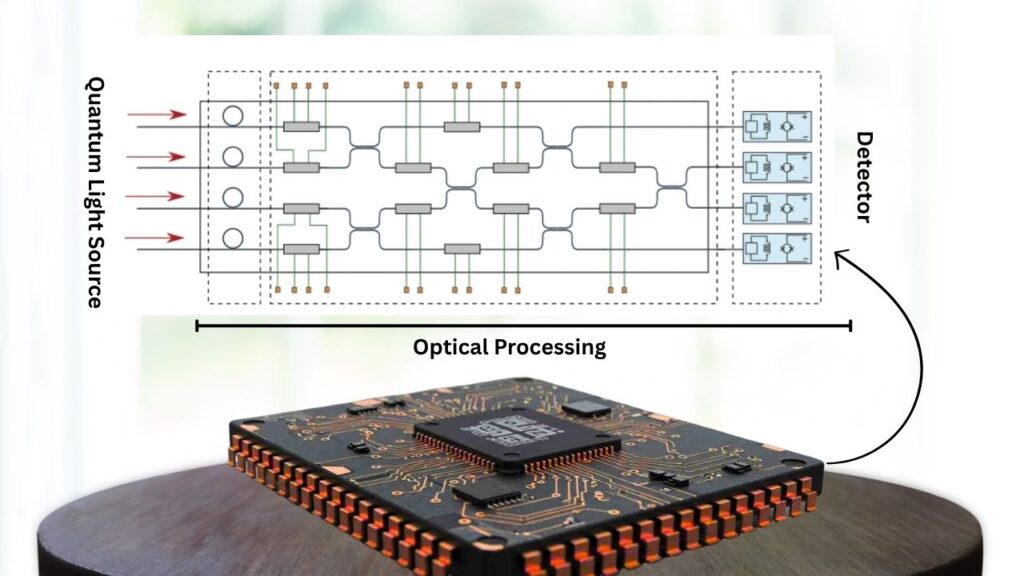
How Does the Chip Work? A Step-by-Step Guide
Step 1: Generating Quantum Light
The heart of the chip is a set of tiny rings called microring resonators, which are etched into the silicon. When a laser shines on these rings, they create pairs of photons (particles of light) that are “entangled”—a special quantum connection where what happens to one photon instantly affects the other, no matter the distance. These entangled photon pairs are the basic building blocks for quantum communication and computing.
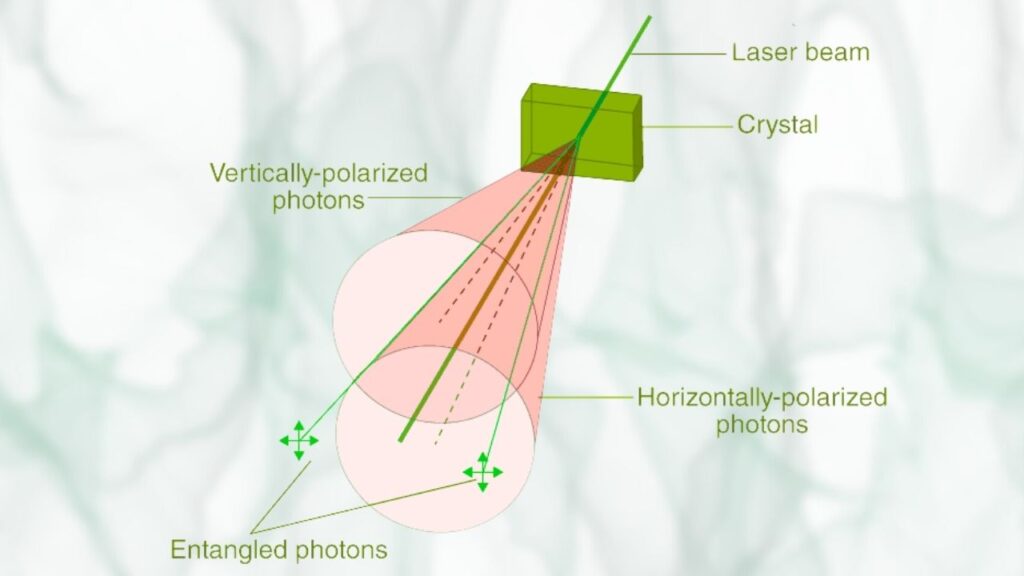
Step 2: Controlling and Stabilizing the Light
Quantum light is notoriously fragile. Even a tiny change in temperature or a small vibration can disrupt the delicate quantum states. To solve this, the chip includes built-in electronic circuits that constantly monitor the light and make tiny adjustments to keep it stable. It’s like having a smart thermostat for your quantum light, ensuring everything stays just right, even if the environment changes.
Step 3: Monolithic Integration
The real breakthrough is that the delicate photonic parts and the robust electronic parts are fabricated together on the same chip, using the same industrial processes. This “monolithic” integration is a major engineering feat, requiring experts in physics, electrical engineering, computer science, materials science, and manufacturing to work together. The result is a chip that not only generates quantum light but also ensures its stability through real-time, on-chip feedback control.
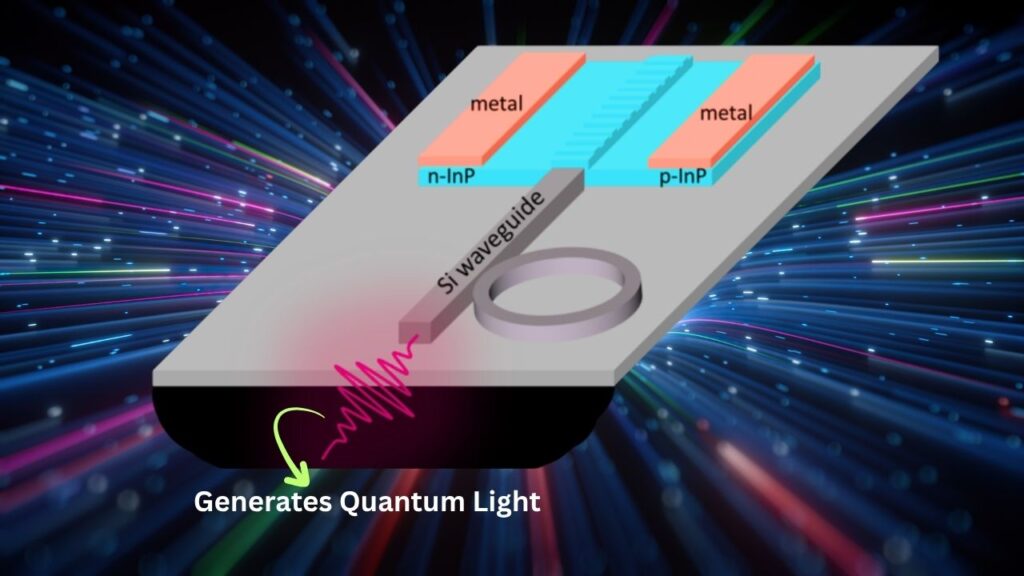
Step 4: Manufacturing at Scale
Because the chip is made in a commercial foundry, it can be produced in large numbers, just like the chips in your phone or laptop. This is the first step toward making quantum technology something you might find in your home, school, or workplace—not just in a scientist’s lab.
Why Is This a Big Deal for Science and Technology?
Quantum technology has the potential to revolutionize many fields, but until now, it has been held back by the difficulty of building reliable, scalable systems. Here’s why this chip is such a big deal:
- Secure Communication: Quantum systems can send messages that are impossible to eavesdrop on, making online banking, messaging, and government communications much more secure.
- Super-Sensitive Sensors: Quantum sensors can detect tiny changes in magnetic fields, gravity, or temperature, helping doctors diagnose diseases earlier, geologists find hidden resources, and engineers monitor infrastructure.
- Future Quantum Computers: While today’s quantum computers are huge and need super-cold temperatures, chips like this could one day be combined to build powerful quantum computers that fit on your desk.
This chip demonstrates that quantum components can be miniaturized, stabilized, and manufactured at scale using industry-standard processes. It’s a foundational step toward making quantum technologies—such as secure communication, advanced sensing, and eventually quantum computing—more accessible and practical for real-world applications.
Practical Examples: What Could You Do With This Chip?
Let’s look at some real-world scenarios where this technology could make a difference:
Ultra-Secure Messaging
Imagine sending a message that no hacker can read, even if they intercept it. With quantum communication, this is possible because any attempt to spy on the message would change it, alerting the sender and receiver. This chip could be the heart of future ultra-secure networks, protecting everything from personal messages to national secrets.
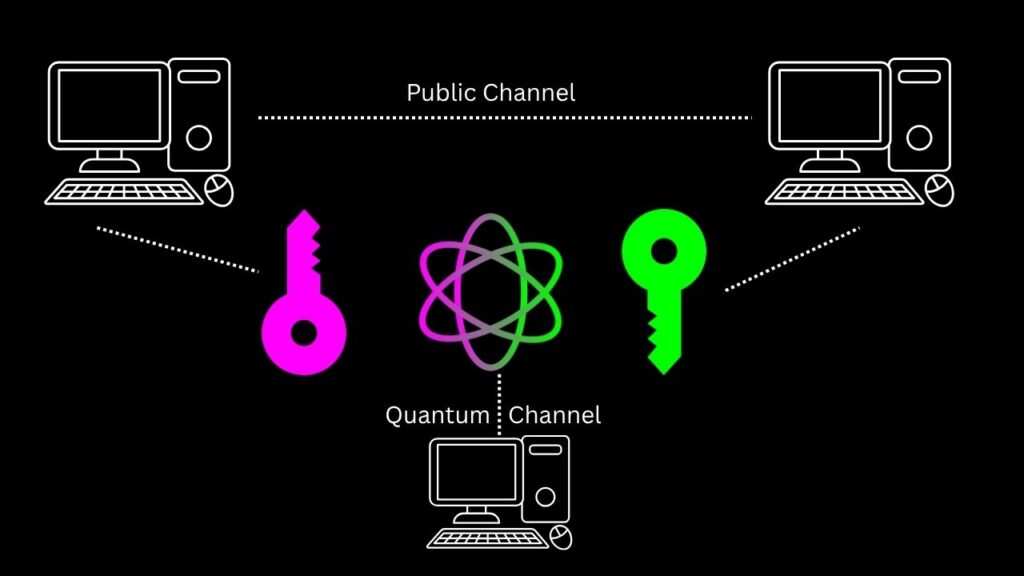
Medical Diagnostics
Doctors could use quantum sensors to detect early signs of disease by spotting tiny changes in the body’s magnetic fields. This could lead to earlier diagnosis and better outcomes for patients.
Environmental Monitoring
Geologists could find water or minerals deep underground without digging, and environmental scientists could monitor pollution or climate change with unprecedented sensitivity.
Future Computing
While today’s quantum computers are still in their infancy, chips like this could one day be combined to build powerful quantum computers that solve problems in seconds that would take today’s supercomputers thousands of years.
What Does This Mean for Professionals and Students?
For engineers, computer scientists, and researchers, this breakthrough opens up new opportunities and challenges:
- New Skills Needed: Working with quantum systems now requires knowledge of both electronics and photonics, as well as an understanding of quantum physics. Interdisciplinary skills are more important than ever.
- Growing Career Paths: Jobs in quantum technology are expanding rapidly, from chip design and software development to quantum communication and sensing. There’s a growing demand for professionals who can bridge the gap between theory and practical engineering.
- Collaboration Is Key: Success in this field depends on teamwork across many disciplines—no one person can do it all. Collaboration between physicists, engineers, computer scientists, and manufacturing experts is essential.
Educational Pathways:
If you’re interested in this field, universities around the world are developing programs in quantum engineering, photonics, and computer science. These programs teach the skills you’ll need to work on the next generation of quantum technology.
AWS Reveals Quantum Chip Ocelot Cutting Error Correction Costs By 90 Percent
Microsoft Debuts Majorana 1 Processor: Topological Qubits Pave Way for Million-Qubit Quantum Chips
FAQs About First Electronic–Photonic Quantum Chip Built Using Commercial Foundry Technology
Q: What is a quantum chip?
A: A quantum chip is a tiny device that can create, control, and measure quantum particles—like photons of light—using the rules of quantum physics. The new chip also includes electronic circuits to keep everything stable.
Q: How is this chip different from regular computer chips?
A: Regular chips use electricity to process information. This chip uses both electricity and light, and it can create and control quantum states that regular chips can’t.
Q: Can I buy a quantum chip for my phone or laptop?
A: Not yet. This is a research breakthrough. It will take more time to develop consumer products, but this chip is a big step in that direction.
Q: What are the main challenges in making quantum chips?
A: The biggest challenges are integrating delicate quantum components with robust electronics, keeping everything stable, and manufacturing at scale. This chip solves all three.
Q: What jobs are available in quantum technology?
A: There are jobs in chip design, software development, quantum communication, sensing, and more. Skills in physics, engineering, and computer science are all valuable.

